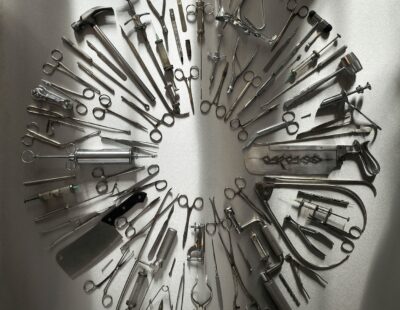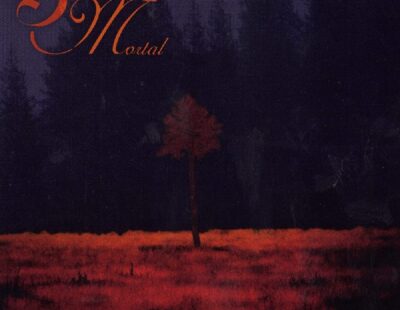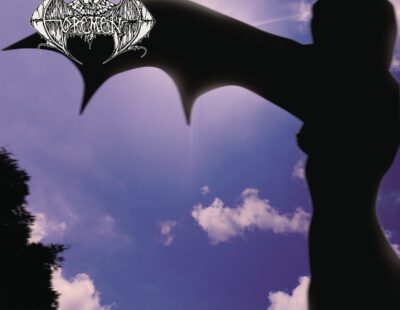
Deny by the Sword
The Making of Forbidden’s Forbidden Evil
When Combat Records (Under One Flag in Europe) ushered Forbidden’s debut album, Forbidden Evil, out of the gate in the fall of 1988, they knew they were competing for the mindshare (and wallets) of heavy metallers in parking lots, at parties and often during the late nights at radio. Before Combat’s inevitable promotional blitz, Megadeth, Iron Maiden, Judas Priest, Queensrÿche, Testament, Slayer, and many others were already whirring on turntables and grinding cassette decks intensely. Of course, the oncoming onslaught of Metallica’s megaton …And Justice for All was palpable, the single for “Harvester of Sorrow” burning absolutely white-hot mere weeks before Forbidden Evil was to hit shelves. Nevertheless, Forbidden, the band’s management and their label partners prepared for battle.
Most fledgling bands of Forbidden’s stature put in the work and likely had the musical chops to back it up. Still, the Bay Area’s foremost apprentices had two things in their favor: 1) manager Debbie Abono, and 2) a potent yet diverse formula. Abono’s impact on Forbidden’s trajectory from single-minded high schoolers to thrash greats can’t be undervalued. She was, to be frank, the spark that lit and then fueled the fire for many years after ferrying Forbidden’s freshly pressed three-song demo to New York City, then the apex for the U.S. record industry. Originally crowned Forbidden Evil (after a song by Chicago metallers War Cry), the budding team of Craig Locicero and Glen Alvelais (guitars), Russ Anderson (vocals), Paul Bostaph (drums) and Matt Camacho (bass) had the drive, skill, and resolve to craft songs both unprecedented and captivating.
Thrash’s lingua franca was aggression and brawn. Forbidden, in their own way, changed the vocabulary on Forbidden Evil. Not only were Locicero and Alvelais positively formidable on “Chalice of Blood,” “Through Eyes of Glass,” “March Into Fire” and album closer “Follow Me,” but the rhythm section of Bostaph and Camacho was also genre-defining. Musically, Forbidden were ascendant, their high-energy, melodically charged strikes proving as much across Forbidden Evil’s eight-song expanse. But it was vocalist Anderson who ultimately held the key.
While Anderson’s peers squawked and huffed their Cold War-era diatribes, the affable frontman channeled Rob Halford and Bruce Dickinson cleverly into the burl of Tom Araya and Chuck Billy. His built-in talent projected power, often stunning bandmates and audiences to hair-raising silence. The vocal salvo in “Chalice of Blood,” his menace on “Forbidden Evil” and the rapid-fire delivery on “Off the Edge” are but three examples of Anderson’s many singular moments. Draped with a distinctive Kent Mathieu (Possessed, Verbal Abuse) cover, Forbidden Evil had all the markings of a neck-snapping, musically astute classic.
Our quest to induct Forbidden Evil has its origins in the previous decade. It’s never too late to honor a thrash pillar, however. With chalices of blood, crystals calling and souls set free, Decibel rolls out the red carpet for Bay Area masters Forbidden and their inimitable debut, Forbidden Evil. Follow us…
Need more Forbidden? To read the entire seven-page story, featuring interviews with the members who performed on Forbidden Evil, purchase the print issue from our store, or digitally via our app for iPhone/iPad or Android.




